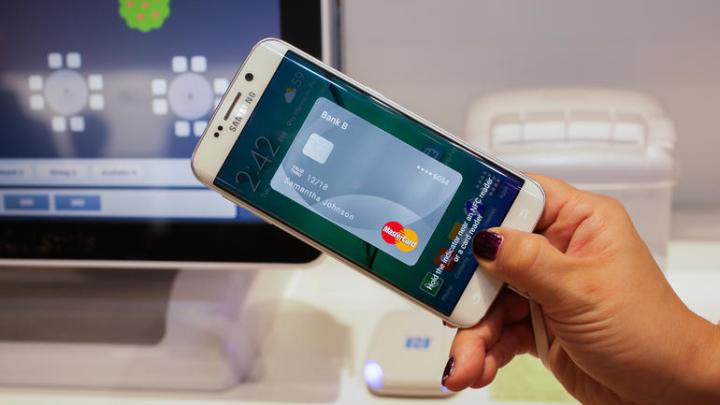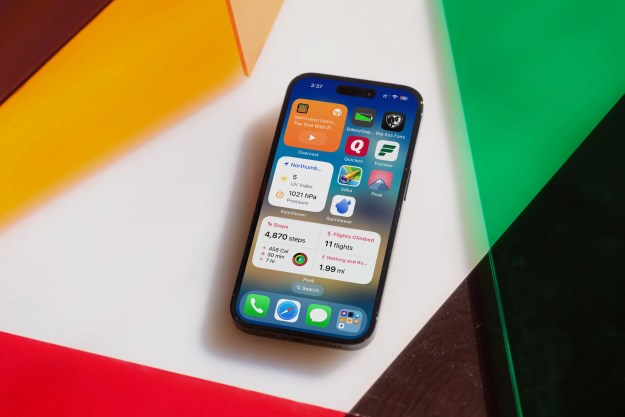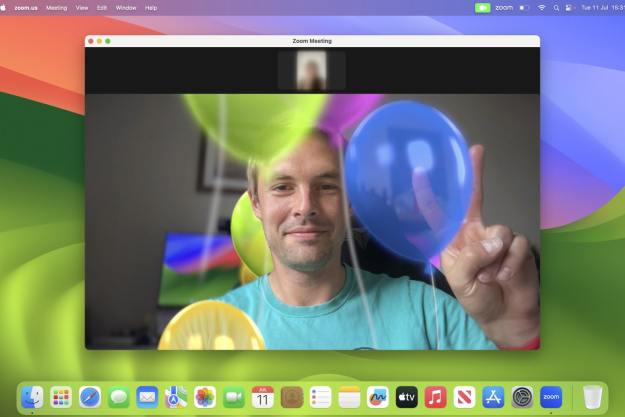
The motivation for the spin-off Pay Mini service, which could launch as early as next month, is Samsung Pay’s disappointing uptake. Few Samsung Pay users are completing online transactions with the service, according to the report — Samsung Pay represents less than 20% of online payments. One major deterrent? Its complexity, apparently. In the case of online payments, ETNews reports that the Samsung Pay payments screen doesn’t always appear unprompted; using Samsung Pay, then, becomes a matter of remembering which credit or debit card you’ve linked to the service.
Samsung Pay Mini, by contrast, is a lot more straightforward. It’ll reportedly launch in the form of an app compatible with any Android device running Marshmallow or newer and any iPhone, iPod touch, or iPad with iOS 8 and up, and will function essentially like a digital wallet. You’ll be able to associate credit and debit cards with a unique ID, and add a fingerprint for verification purposes. And completing payments will be a lot less complicated than Samsung Pay proper: in online stores and apps, payment details will automatically populate the appropriate fields, and Samsung Pay Mini will save a copy of every transaction receipt for later perusal.
If Samsung’s trial of the service next month goes well, the company may bring Mini to even more devices. It’s working on clients for Windows and Mac computers, ETNews reports, with a launch date pegged for later this year.
One major Samsung Pay feature that Pay Mini won’t support is magnetic secure transaction, or MST, payments. The omission is for technical reasons: MST, which allows devices to interface with legacy credit card readers by wireless emitting a signal that emulates a card swipe, requires specialized hardware. So far, Samsung’s kept MST to its top-tier Galaxy smartphones (the S7 and S7 edge, most recently), although it has previously expressed a willingness to bring the technology to a broader range of handsets in the future.
Samsung Pay’s growth may not be to the company’s liking, but the service has exploded since it launched in September of 2015. In February, it surpassed five million users and processed over $500 million in transactions, and most recently expanded to China and the United Kingdom (Samsung has pledged to debut Pay in Australia, Brazil, Spain, and Singapore this year). It supports an increasing number of banks in the U.S. and abroad (more than 70, at last count), and continues to gain notable new features — just in May, Samsung added support for online gift and loyalty cards within Pay.
A steady, aggressive expansion of Samsung Pay will become ever more essential to the service’s momentum as it faces increased competition from Apple and others. Apple Pay, as of March, had 12 million monthly active users. Google’s Android Pay, too, boasts “millions” of users. Longtime Samsung rival LG is prepping GPay, a platform of its own, for a second-quarter 2016 debut. And even financial institutions are getting in the mobile payments game: Wells Fargo, for example, is launching Wallet, a contactless payment feature for account holders, in the U.S. later this summer.
Editors' Recommendations
- An Apple insider just revealed how iOS 18’s AI features will work
- This one thing could make iOS 18 the best iPhone update in years
- The 7 biggest features we expect to see in iOS 18
- iOS 18 could make my iPhone look like Android, and I hate it
- iOS 18 could add a customization feature I’ve waited years for


